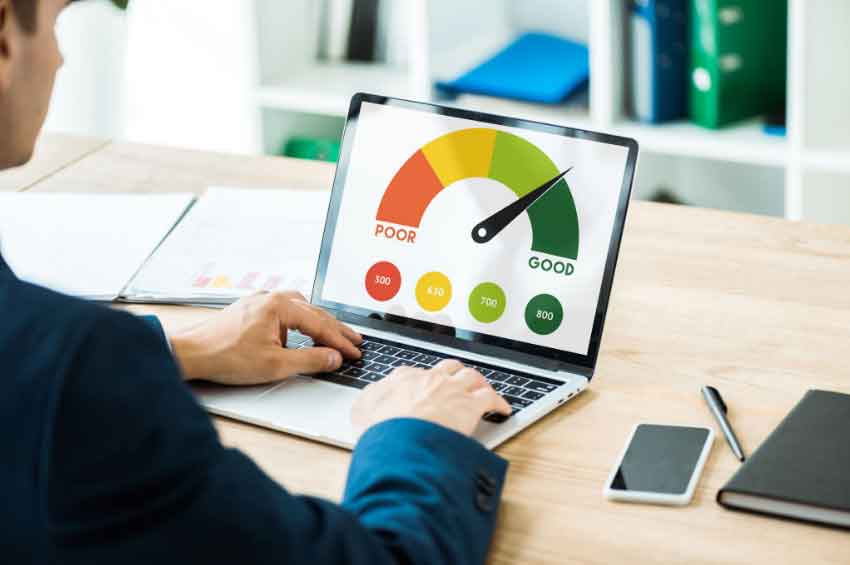Show:
Measuring Success: Key Metrics and KPIs for CRO Agencies
Conversion Rate Optimization (CRO) is an essential process that increases the percentage of website visitors who complete a site’s desired action. While many businesses today utilize CRO, measuring the success of these efforts often proves challenging.
This article focuses on providing a comprehensive understanding of the key metrics and Key Performance Indicators (KPIs) that CRO agencies should focus on for accurate assessment and continual improvement of their strategies.

Understanding Metrics and KPIs in the Context of CRO
Metrics and KPIs are two critical elements for any CRO agency. They provide the ability to measure, track, and analyze performance against objectives, thereby facilitating informed decision-making. Metrics give an in-depth view of specific areas, while KPIs provide an overarching perspective on the business’s overall performance relative to its strategic goals.
Metrics for CRO Agencies: Digging Deeper
CRO is a comprehensive process with multiple touchpoints, and to ensure success, it’s crucial to understand and track a variety of metrics.
Conversion Rate
Conversion rate, the most direct measure of a CRO campaign’s success, is the ratio of users who complete the desired action to the total number of visitors. It is a fundamental metric that helps gauge the effectiveness of your CRO marketing efforts. A higher conversion rate indicates that your website is successfully persuading visitors to take the desired actions, such as making a purchase, filling out a form, or subscribing to a newsletter.
Bounce Rate
Bounce rate is the proportion of visitors who navigate away from the site after viewing only one page. A high bounce rate may indicate that the landing page isn’t resonating with the audience or that the user experience is not satisfactory. It could be due to various factors, such as poor content relevance, confusing navigation, slow loading speed, or unattractive design. Monitoring bounce rate helps identify areas for improvement and optimize the user experience.
Average Session Duration
The average session duration indicates the average amount of time a visitor spends on your website. Longer session durations suggest more engaged visitors, while shorter durations might reveal issues with content relevance, website usability, or page loading speed. By analyzing this metric, you can identify the areas where visitors are spending the most time and optimize those sections to increase engagement and drive conversions.
Page Load Time
In an era where speed is of the essence, how fast your page loads significantly impacts user experience and, consequently, conversion rates. Page load time is the time it takes for a web page to fully display the content on a specific page. Slow loading times can frustrate visitors and lead them to abandon the site, resulting in lost opportunities for conversion. Monitoring and optimizing page load time is crucial for providing a smooth and seamless user experience.

Exit Rate
Exit rate signifies the percentage of users who leave after visiting that page. A high exit rate could signify a problem with that specific page and requires further investigation. It may indicate that the page is not effectively engaging visitors or that there are obstacles preventing them from completing the desired action. Analyzing exit rates helps identify weak points in the user journey and enables you to make necessary improvements.
Important KPIs for CRO Agencies
Key Performance Indicators (KPIs) help translate operational metrics into meaningful measures that move the company closer to its strategic goals. Here are some crucial KPIs for CRO agencies.
Cost Per Acquisition (CPA)
CPA helps understand the average cost of acquiring a customer. It’s a vital measure that shows the financial implications of your CRO efforts and assists in budget planning. By analyzing the CPA, you can determine the effectiveness and efficiency of your marketing and CRO strategies in acquiring new customers. Lowering the CPA indicates improved cost-effectiveness and higher return on investment.
Customer Lifetime Value (CLV)
CLV represents the total worth of a customer over their lifetime relationship with the company. By understanding this, CRO consultants can create more targeted, customer-centric strategies, increasing the probability of conversion. CLV helps determine the long-term value of acquiring and retaining customers, enabling you to allocate resources effectively and focus on high-value customers who contribute the most to your business’s success.
Return on Investment (ROI)
ROI, a classic performance measure, evaluates the efficiency or profitability of an investment. In the CRO context, it measures the financial effectiveness of your CRO strategies. By comparing the investment in CRO activities, such as A/B testing or website optimization, with the resulting increase in conversions or revenue, you can assess the ROI and determine the success of your CRO initiatives. A positive ROI indicates that your CRO efforts are generating substantial returns.
Net Promoter Score (NPS)
NPS is a measure of customer satisfaction and loyalty, illustrating how likely a customer is to recommend your company to others. A high NPS signifies customer satisfaction, which often translates into higher conversion rates. By tracking NPS, you can gauge the overall customer experience and identify areas where improvements are needed. Satisfied customers are more likely to become brand advocates, attracting new customers and contributing to the growth of your business.
Leveraging Metrics and KPIs for CRO Success
Merely monitoring metrics and KPIs isn’t enough; CRO agencies must leverage them for actionable insights. By examining metrics, you can uncover problem areas and opportunities. For instance, a high bounce rate might mean the landing page needs better content or design. Similarly, an excellent marketing conversion rate can give insights into what works, which can then be replicated on other pages.

How to Optimize CRO Metrics?
To optimize metrics in the context of Conversion Rate Optimization (CRO), you can follow these steps:
- Set Clear Goals: Start by defining clear and specific goals for your CRO efforts. Identify the desired actions or conversions you want visitors to take on your website. By setting goals, you establish a benchmark to measure progress and optimize metrics accordingly.
- Analyze Data: Gather and analyze data related to the metrics you want to optimize. This includes tracking and analyzing website analytics, user behavior, and conversion data. Use tools like Google Analytics to gain insights into user interactions, traffic sources, bounce rates, and other relevant metrics.
- Identify Problem Areas: Identify the areas where metrics are falling short or not meeting your goals. Look for patterns or trends in the data that indicate potential issues. For example, high bounce rates may suggest a problem with the landing page, or low conversion rates may indicate a weak call-to-action or checkout process.
- Conduct A/B Testing: A/B testing involves creating two or more variations of a webpage or element and testing them simultaneously to see which performs better. It allows you to make data-driven decisions about changes to your website. Test different elements, such as headlines, call-to-action buttons, layouts, or color schemes, to identify what resonates best with your audience and improves your metrics.
- Optimize User Experience: Ensure a seamless and user-friendly experience on your website. Optimize page load times, simplify navigation, and improve the overall design and layout. Conduct usability testing to identify any usability issues that may be affecting metrics. Provide clear and compelling content, persuasive calls-to-action, and a smooth conversion process.
- Personalize and Target: Tailor your website and messaging to specific audience segments. Use data about your visitors, such as demographics, behavior, or previous interactions, to personalize their experience. By delivering relevant content and offers to specific segments, you can increase engagement and conversion rates.
- Continually Monitor and Iterate: Optimization is an ongoing process. Continually monitor your metrics, evaluate the impact of changes you make, and iterate based on the results. Regularly review and analyze data to identify new opportunities for optimization.
- Implement Industry Best Practices: Stay informed about industry best practices and CRO techniques. Learn from case studies, research, and insights shared by experts. Implement proven strategies and tactics that align with your goals and target audience.
- Test, Measure, and Repeat: Test new ideas, measure their impact on metrics, and repeat the process. CRO is an iterative process, and optimization requires constant testing, measurement, and refinement. Keep experimenting with different approaches to find what works best for your specific website and audience.
Remember, optimizing metrics in CRO is an ongoing process that requires a combination of data analysis, testing, user experience improvements, and continuous iteration. By following these steps and maintaining a data-driven and customer-centric approach, you can improve your metrics and drive higher conversion rates.
Conclusion
Understanding and implementing relevant metrics and KPIs is instrumental in driving CRO success. They provide invaluable insights into performance and areas of improvement, allowing for optimization of strategies, enhancing customer experience, and increasing conversion rates.
These measures are more than just numbers; they’re indicators of your efforts’ effectiveness, guiding you toward a more profitable and successful future. In the end, it’s about taking these insights, turning them into action, and creating a robust, effective CRO strategy that aligns with your agency’s goals and delivers value to your clients. By continually monitoring and analyzing metrics and KPIs, CRO agencies can refine their strategies, improve customer experiences, and achieve their desired conversion goals.

 Return to Previous Page
Return to Previous Page








